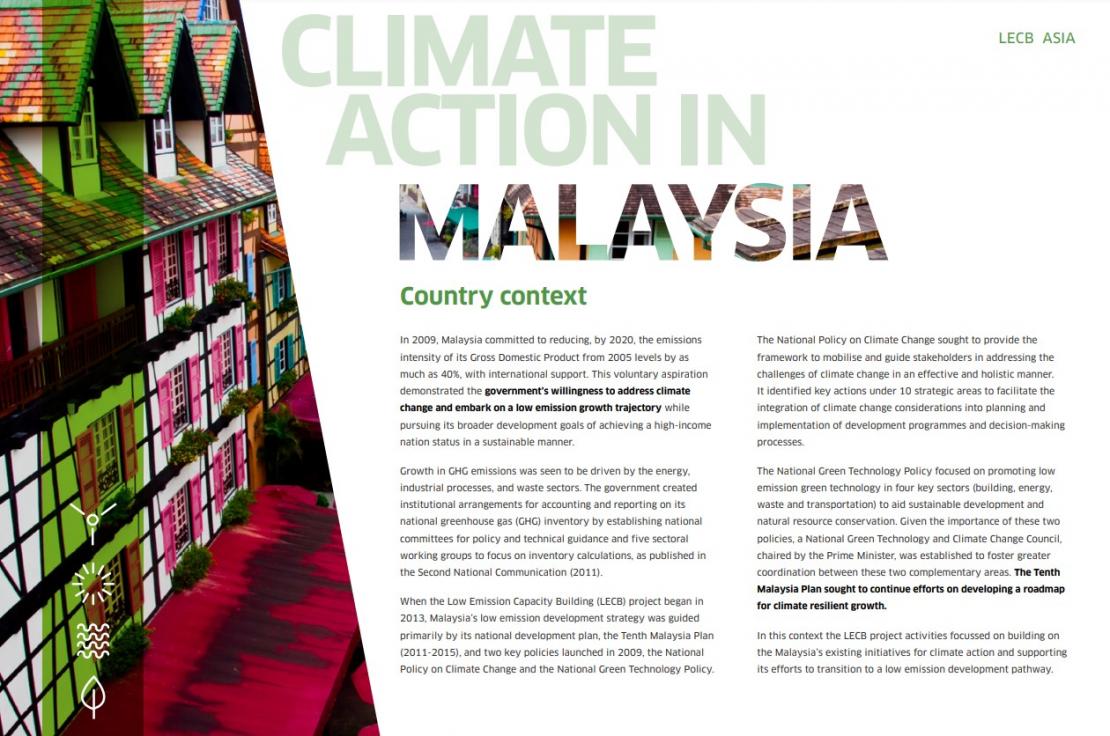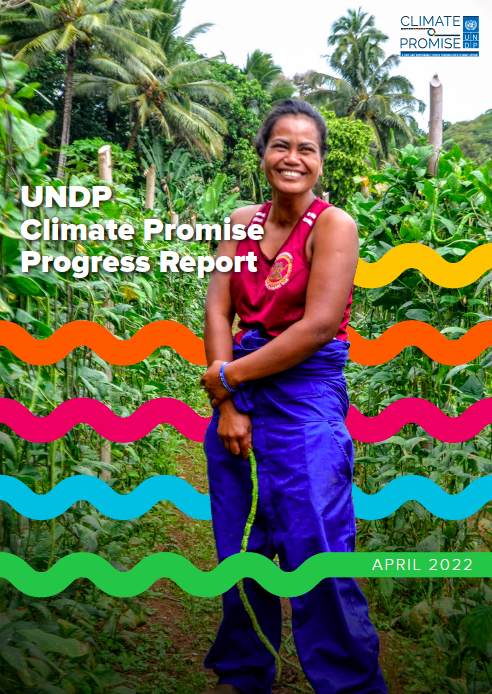LECB Programme Impact and Results: Malaysia

When the Low Emission Capacity Building (LECB) project began in 2013, Malaysia’s low emission development strategy was guided primarily by its national development plan, the Tenth Malaysia Plan (2011-2015), and two key policies launched in 2009, the National Policy on Climate Change and the National Green Technology Policy. The National Policy on Climate Change sought to provide the framework to mobilise and guide stakeholders in addressing the challenges of climate change in an effective and holistic manner. It identified key actions under 10 strategic areas to facilitate the integration of climate change considerations into planning and implementation of development programmes and decision-making processes.
The National Green Technology Policy focused on promoting low emission green technology in four key sectors (building, energy, waste and transportation) to aid sustainable development and natural resource conservation. Given the importance of these two policies, a National Green Technology and Climate Change Council, chaired by the Prime Minister, was established to foster greater coordination between these two complementary areas. The Tenth Malaysia Plan sought to continue efforts on developing a roadmap for climate resilient growth. In this context the LECB project activities focused on building on the Malaysia’s existing initiatives for climate action and supporting its efforts to transition to a low emission development pathway.


